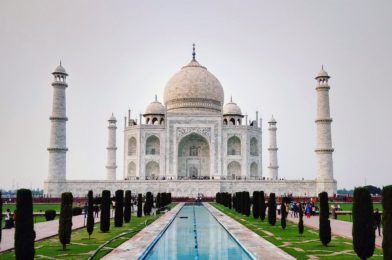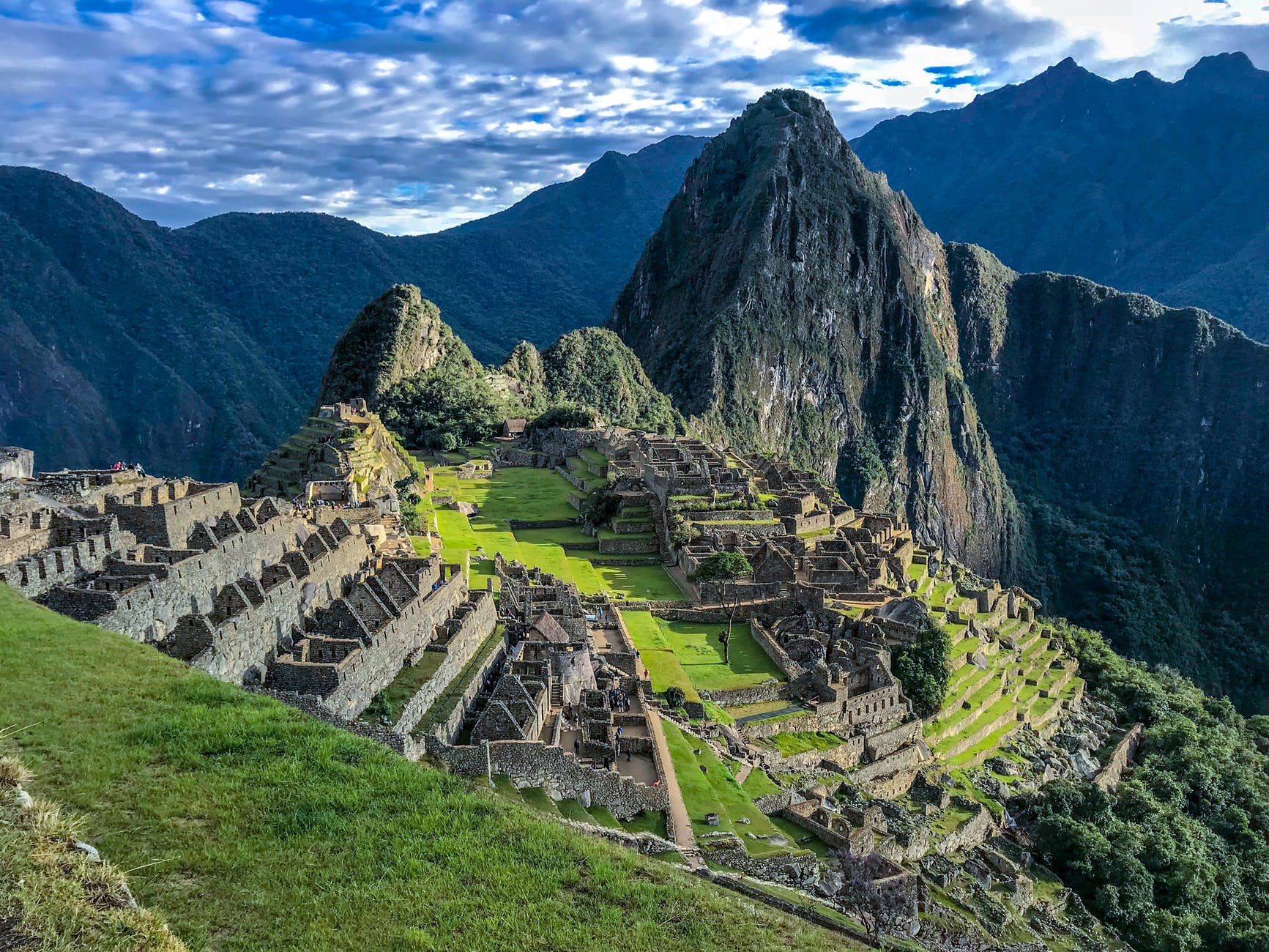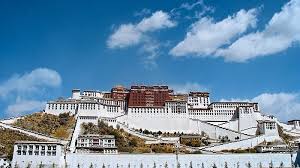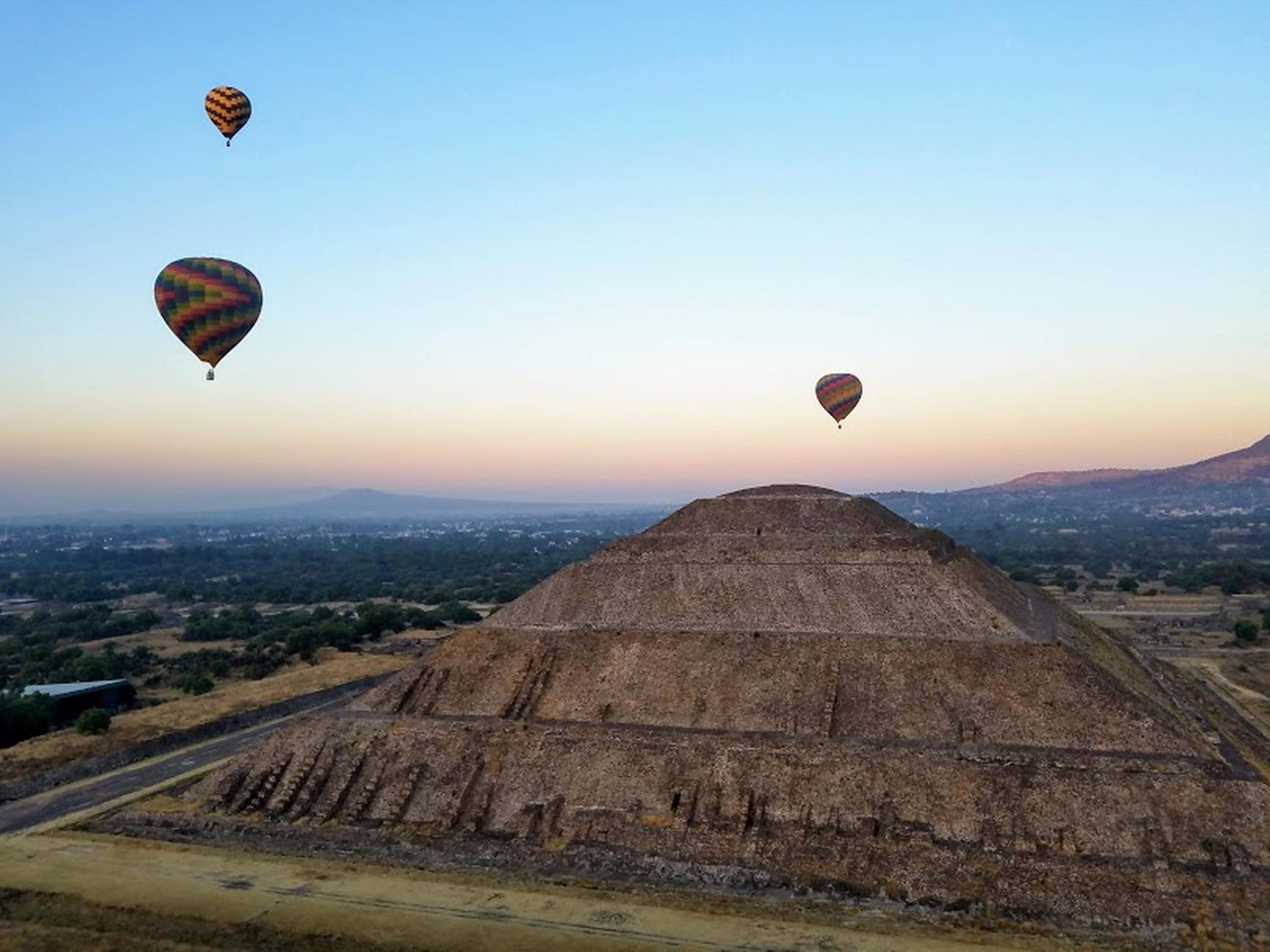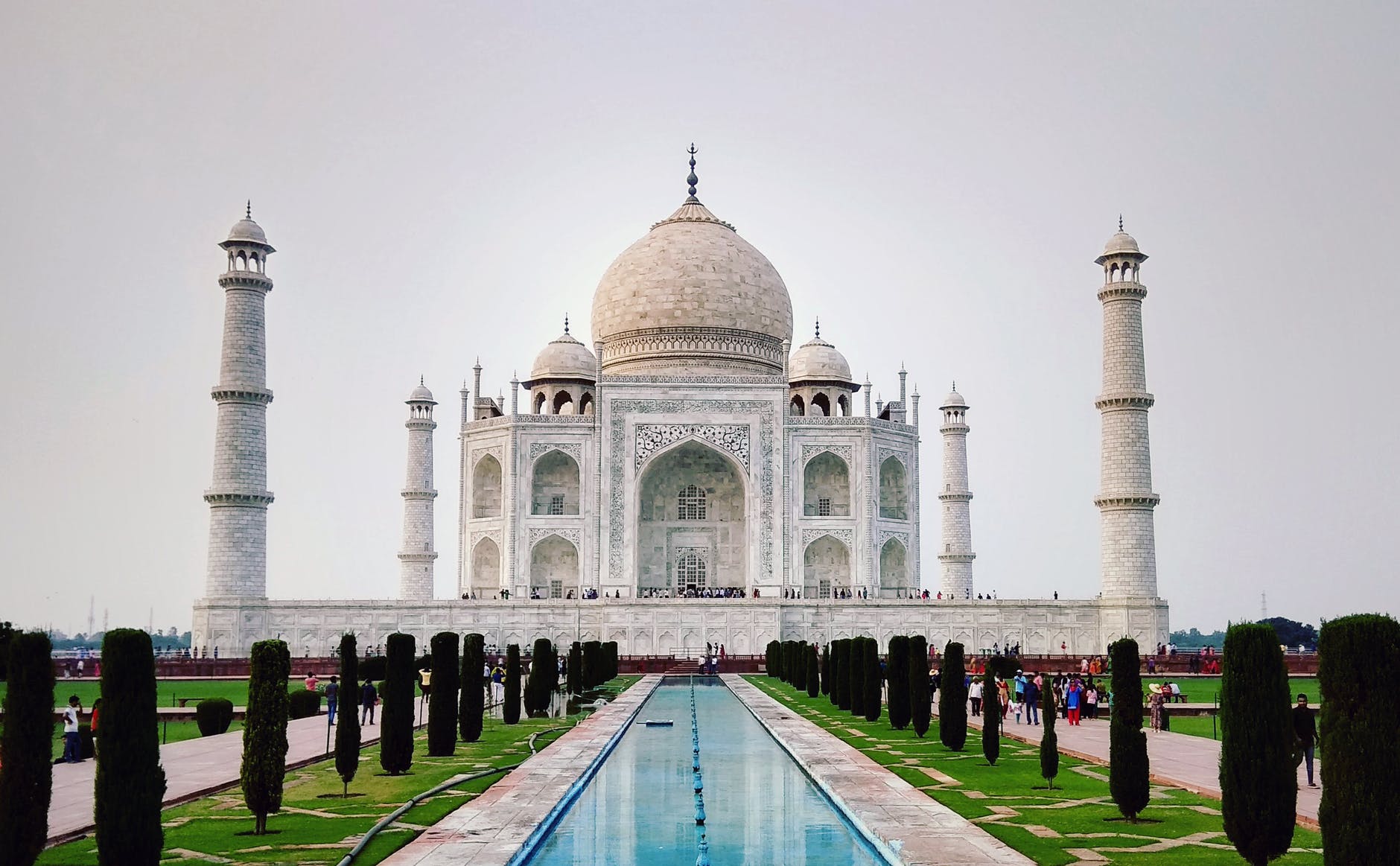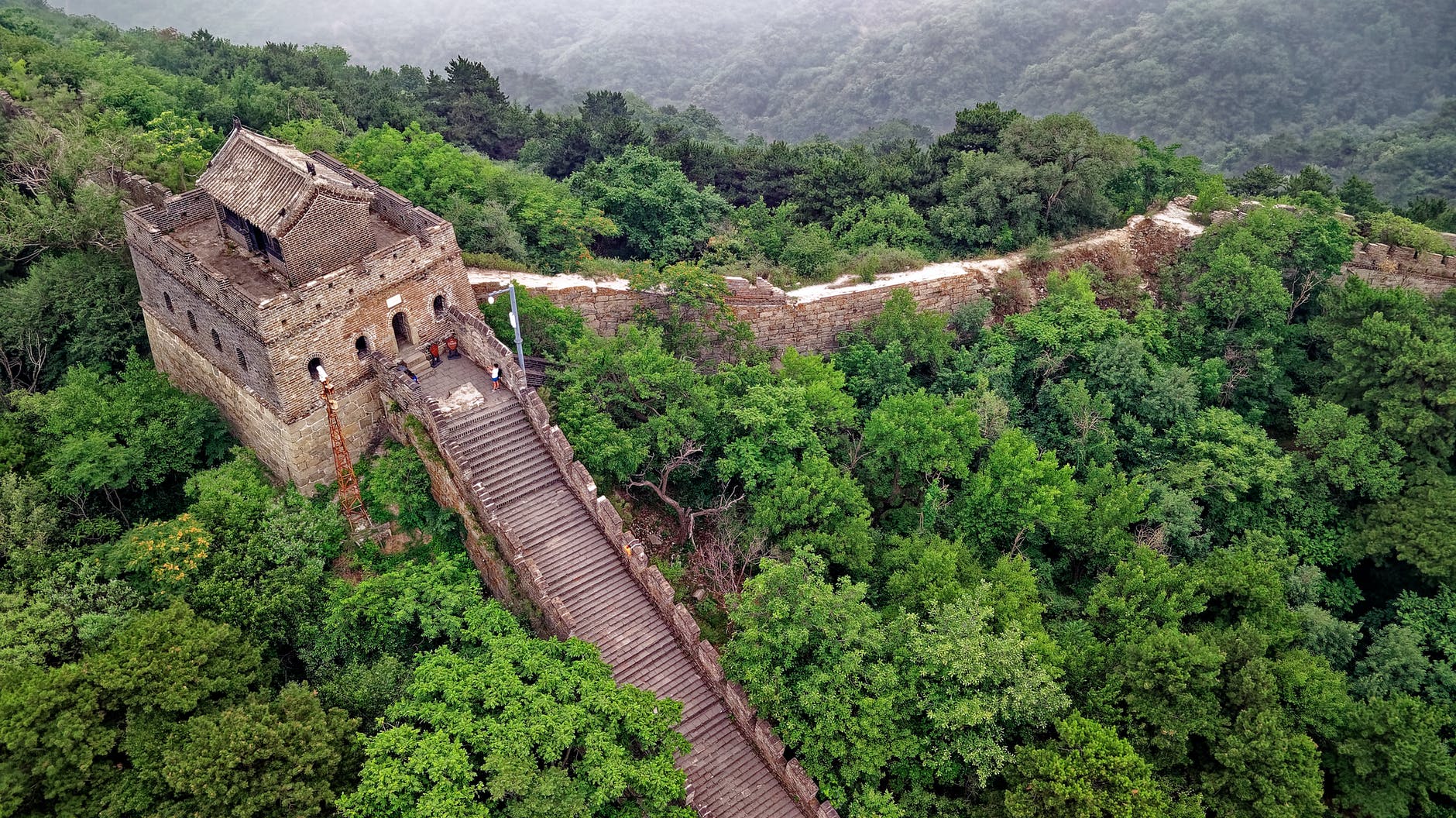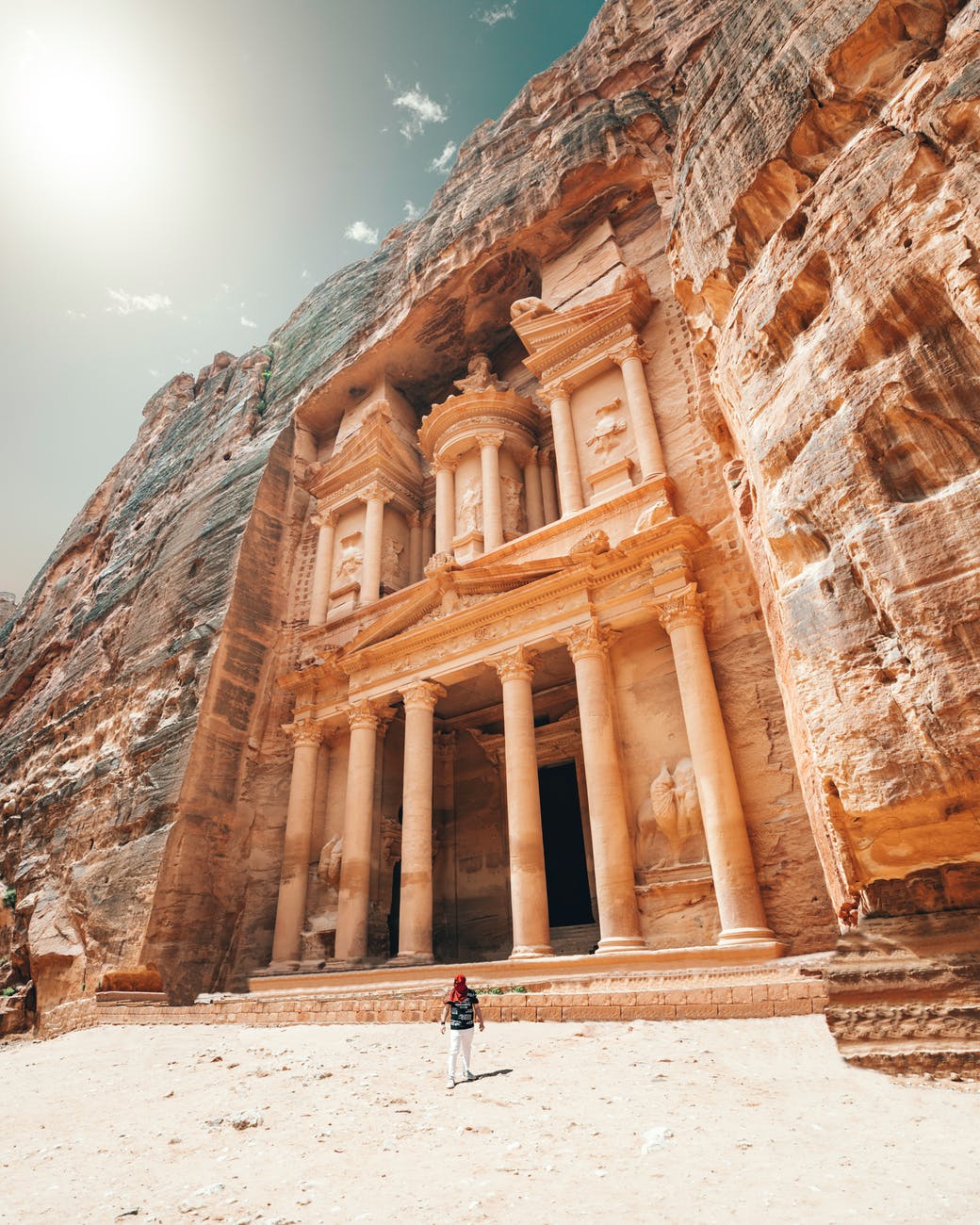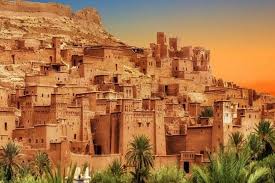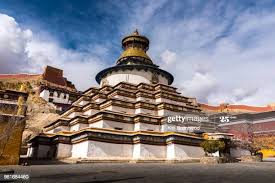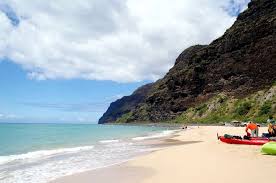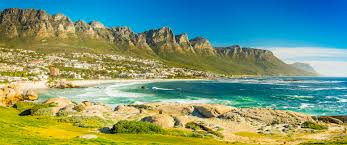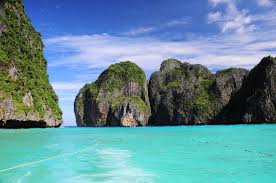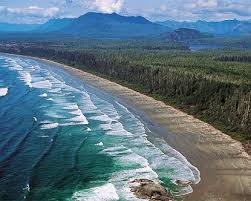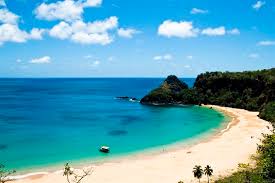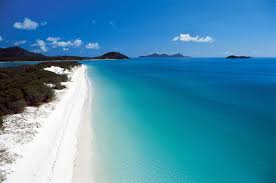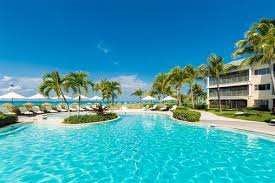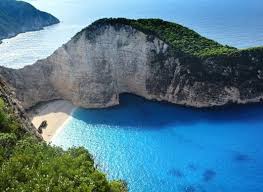Bird is a warm-blooded egg-laying vertebrate animal distinguished by the possession of feathers, wings, a beak, and typically by being able to fly. Most Birds can fly, using powerful muscles to flap their wings. But few bird species do not have strong enough wings to fly , so these birds are flightless. Birds are a group of feathered theropod dinosaurs and constitute the only living dinosaurs. There are about ten thousand living species, more than half of which are passerine, or “perching” birds. Birds have wings whose development varies according to species. Many social species pass on knowledge across generations, which is considered a form of culture. Birds are social, communicating with visual signals, calls, and songs, and participating in such behavior as cooperative breeding and hunting, flocking, and mobbing of predators. Songbirds, parrots, and other species are popular as pets. Recreational bird watching is an important part of the ecotourism industry. Many species of birds are economically important as food for human consumption and raw material in manufacturing, with domesticated and undomesticated birds being important sources of eggs, meat, and feathers. Here is the list of 10 Beautiful Birds in the World.
1.Golden Pheasant
One of the most beautiful birds in the world, the highly intelligent golden pheasant sometimes referred to as the Chinese pheasant, is popular. Golden pheasants are famous for their brilliant colored plumage. Golden pheasants live in the dense forests and woodlands across Western and Central China. These exist in many countries, including the United Kingdom, Canada, United States, Mexico. They are also established in numerous European and South American countries. They are primarily ground-dwelling foragers during the day but roost in tall trees at night. They have a beautiful golden-yellow crest tipped with red. Their under fpart is bright red and face. Sides and throat are rusty tan. The wattle of golden pheasant is yellow and its upper back is green. They also have dark, red shoulder feathers and a long pale brown tail. The male golden pheasants are more colorful and longer than females.
An adult male normally has a length up to 42 inches. A golden pheasant weight is About 630 grams. These are clumsy fliers and can only manage short, fast bursts of flight. Golden pheasant chicks emerge from their shells covered in reddish-brown and buff-colored down. Golden pheasant eggs are similar to duck eggs and cab be eaten. Golden pheasants are most prized for their beauty, and, besides, it would be an expensive meal. Breeding pairs often sell for over $200. Currently, the golden pheasant is evaluated as “Least Concern.” Their sound is often described as “chack chack. Interestingly, the tail account for two-third of its total body length. Golden pheasants are poor fliers and spend most of their time on the ground. They mainly feed on seeds, berries, grain and other vegetation including shoots of rhododendron and bamboo, as well as grubs, spiders, and insects. Golden pheasants are foragers and move slowly while pecking around the forest floor for food.
2.Scarlet Macaw
One of 17 species of macaws, the scarlet macaw is one of the most beautiful members of the parrot family and one of the largest Neotropical parrots. The Scarlet Macaw, with a wingspan of over 3 feet (1 meter) is the largest parrot in the world. Scarlet macaw is very popular as a house pet because of its intelligence and ability to quickly learn to speak, perform tricks and distinguish colors and shapes. Some of these birds can even perform simple math problems and most macaws have limited ability to mimic. They inhabit in humid evergreen forests across Central and South America. Scarlet macaws prefer life in the rainforest. Scarlet macaw is active during the day. They have bright red plumage with blue back. Their upper wings are yellow and edged with green color. With wide strong wings and hollow bones that aid flight, they can reach speeds of 56 kilometers (35 miles) per hour. The scarlet macaw has a strong, curved beak to crack hard nuts and seeds, and a tongue that can hold onto the kernel to pull it from the shell.
Males and females both look the same. Scarlet macaw has flexible feet that are used for manipulation of food, branches and other items used as tools. Left foot is used for feeding and handling of different items, while right foot ensures stability of the body. It mostly consumes nuts, seed, fruit, flowers and leaves. Scarlet macaw produces different types of screams and low-pitched noise for communication and to inform other birds about the nearby predators. Scarlet Macaws are very loud birds that make a variety of low-pitched sounds including squawks, screeches and screams that can carry for up to a couple of miles (kilometers). Female lays 2 to 4 eggs that hatch after 24 to 25 days. Chicks are naked and blind at birth. They fledge 3 months after hatching. Both parents take care of their offspring until they reach the age of 15 months and become ready for the independent life. Scarlet macaw can survive 40 to 50 years in the wild and up to 80 years in the captivity. Their Weight is about 1.5 kilogram.
3.Flamingo
These birds live in shallow lakes, mangrove swamps and sandy islands of Africa, Asia, America and Europe. There are 6 species of flamingos. The word Flamingo comes from the Spanish and Latin word ‘flamenco’ which mean fire, it refers to the bright colors of the bird’s feathers. Flamingo chicks are born grey when hatched. Baby flamingos will hatch in the nest made of mud. Both mother and father keep the egg warm before it hatches. Few days after hatching both parents will start feeding their chick with milk-like substance rich in fats and proteins. Each Flamingos’ shade of pink varies by species, with the Caribbean species a vivid pink and the Greater species a pale pink. The Greater Flamingo is the most widespread and largest member of the flamingo family. Fully grown flamingo male birds can grow in excess of 180cm tall – that’s the same as supermodel height of 5’11. Their neck is long and lean and has a distinctive downward, bend beak.
The long leg and specially adapted beak let them to catch small fishes, larvae and planktons from the mud. Their diet mainly consists of brine shrimp, plankton, and blue-green algae. Flamingo also spends hours on oil up their plumage from the special glands using their plumage. It helps them to keep their plumage always in good condition. Flamingos spend 15-30% of the day in cleaning their feathers: oil produced in a special gland will be spread over feathers with a help of their beak. Flamingos hold their breath while feeding. Flamingos are powerful fliers, when flying in a flock, the top speed of a flamingo can be as high as 35 miles per hour. During migration, they travel at a distance of over 300 miles to reach their new habitat. The average lifespan of a flamingo bird in the wild is 30 to 40 years. The typical lifespan in captivity, according to Basel Zoo, is over 60 years. Flamingos (like penguins) are monogamous birds. The females lay only a single egg each year.
4.Peacock
Peacock it one of the largest flying birds in the world. The colorful tail feather display of peacocks is probably the most beautiful courtship display among bird family. The males are “peacocks” and the females are “peahens”, and their babies are called peachicks. One day old baby peafowl can walk, eat and drink without assistance. There are three types of peafowls in the world – Indian, Congo and green peafowl. The Indian peafowls are the most common type of peafowls found around the world. Peacocks can grow up to 6 to 7 feet in length. They can weigh between 8-13 pounds. A peacock’s head is crested with feathers creating a crown-like appearance. They have an inch-long beak adapted for preying on small creatures like insects. In fact, the long tail of a peacock makes 60% of its total length. The feathers can be gathered and sold without the birds coming to any harm. Their bodies are covered with brown feathers and an elongated tail with impressive blue and greenish feathers are found on males.
The tail has eye-like spots with red, gold, and green feathers surrounding the eyespots. Peacocks can show off 200 feathers on their tails at any one time. Family of peafowl is called “bevy”. Group of peafowl is called “party”. Peacocks have a loud and disruptive call. Peahens lay three to six eggs in a clutch. She will solely incubate them for about 29 days. Peacocks in the wild can live for up to 20 years. Peacocks can fly limited distances, especially with their heavy tail. They prefer to stay on the ground. Unlike ducks and other birds, peacocks cannot enter the waters and swim. Peacocks are ground-dwelling birds, eating insects, plants, fruit, seeds, ants, flies, snakes and amphibians. They live in forests, farmland, bush land and other warm regions with easy access to low trees. Peacocks are widely seen in many Asian countries, they are dominant in India, Sri Lanka and Myanmar. Peacocks are polygamous (mate with more than one female) and usually form a harem that consists of 2-5 females. The female peafowl or peahen also chooses a peacock with lengthy tail and more eye spots.
5.Keel billed Toucan
The keel-billed toucan is a large bird with mostly black plumage and a very large multi-colored bill. It has red and white coverts under and on top of its tail, green skin around the eyes and lore a yellow face and throat, and blue legs. These species has a very large range and can be found in Belize, Bolivia, Colombia, Costa Rica, Guatemala, Honduras, Mexico, Nicaragua, Panama, and Venezuela. The keel-billed toucan is the national bird of Belize. Bill is usually 4.7 to 5.9 inches long. Due to their colorful bill, keel-billed toucan is also known as rainbow-billed toucan. Bill doesn’t affect stability of the bird. The toucan’s beak appears quite heavy, but is actually light, it is made of light-weight protein called keratin and its internal structure is spongy. Keel-billed toucan is not very good flyer. It moves mostly via hopping. It is approximately 59 cm size and it’s weight is up to 400 grams.
Keel-billed toucan is very social and playful bird. It travels through the jungle in groups of 6 to 15 birds. Keel-billed toucans use loud, frog-like calls for communication. Female lays 1 to 4 eggs in the cavities of trees. Incubation period is 16 to 20 days. Hatchlings are naked and blind at birth. Both parents provide food for their chicks until they become ready to leave the nest at the age of 8 to 9 weeks. Keel-billed toucan lives in the tree holes together with 5 to 6 other birds. They all sleep with bills tucked under the body to make room for other birds in the group. Keel-billed toucan is an omnivore. Its diet is based mostly on the fruit and berries, eggs, insects, lizards and frogs. People in some parts of Central and South America avoid keel-billed toucans due to widespread belief that these birds are associated with demons and evil spirits. Keel-billed toucan can survive 15 to 20 years in the wild.
6.Atlantic Puffin
The Atlantic puffin has become Iceland‘s most precious bird and a tourist attraction. Atlantic Puffin is from the auk family that breeds in and around Iceland. It has been nicknamed ‘Sea Parrot’, ‘Penguin of the North’ and even ‘Clown of the Sea’ and is also known as the Common Puffin. Atlantic puffin is a bird that looks like a close relative of penguins even though they are not genetically related. These birds can be found in the eastern parts of Canada, northern parts of United States, western parts of Europe and northern Russia. 60% of the world’s puffins breed in Iceland. A puffin’s beak or bill changes color during the year, it is pale during the winter and more colorful during the spring, when mating season starts. Atlantic puffin is also very fast flyer. It can reach the speed of 55 miles per hour by flapping its wings 400 times per minute.
Atlantic puffin is a small bird. It weighs 17.5 ounces. Males are slightly bigger than females. Female lays one egg. Incubation period lasts 42 days. Both parents take care of the chick. The Atlantic puffin has black and white feathers and a large and colorful beak. Puffins spend most of their lives out at sea. They come to the coast only once per year to reproduce. Atlantic puffin is an excellent swimmer. Its webbed feet and strong wings allow fast and precise movement through the water. It can dive 200 feet deep and remain submerged for up to one minute. They only measure about 30 cm from the tip of their beak to the end of their tail and stand at about 20 cm. Puffins are carnivores and live off small fish such as herring, hake and sand eels. Atlantic Puffins can load between 10 to 30 fishes in their huge beaks. Puffins dig their holes or burrows using their beaks and feet. They prefer to make their burrows in earth. Their lifespan is 20 years in the wild.
7.Blue Jay
Blue jays are very intelligent as well as beautiful birds. Blue jays communicate via loud screams and high-pitched calls. They are able to imitate sound of hawks, cats and humans. It could mimic human speech and voice of other pets. They found across forests of Eastern, Central North America and South Canada. Blue Jays live in wooded urban and suburban areas. These areas include parks, backyards, and forest edge habitat. Blue Jays are often found near their preferred food sources, which are Oak trees and bird feeders. Blue jay is a songbird that belongs to the family of crows. Blue jay is mostly blue-colored. Face, throat and belly are white. Wings and tail are covered with white, black and blue plumage. Blue feathers actually contain brown pigment. Blue jay can reach 9 to 12 inches in length and 2.5 to 3.5 ounces of weight. Male Blue Jay is slightly larger than female Blue Jay.
Blue jay has crest on top of the head. Erect crest is a sign of aggression, while brush-like crest symbolizes fear. Flattened crest can be seen in relaxed birds. Blue jay is an omnivore. It eats seed, nuts, acorns, fruits, insects, eggs and young birds. They may steal nestlings and eggs of other birds. Blue jay has a wingspan of 13 to 17 inches and it flies at speed of 20 to 25 miles per hour. Blue jay is active during the day. Blue jays live in pairs or small family groups. They gather in large flocks during the migratory season. They are very cooperative with their species, and a group of jays will often drive off other birds that are using “their” feeders. Female builds cup-shaped nest in the trees. 2 to 7 bluish or brown eggs hatch after incubation period of 16 to 18 days. Hatchlings are naked, blind and helpless at birth. Father provides food for the mother while she takes care of the chicks. Young birds are ready to leave their nest at the age of 17 to 21 days, but they stay with their parents for at least one or two months. It can survive around 7 years in the wild and up to 26 years in the captivity
8.Bohemian Waxming
Bohemian Waxming is part of the waxwing family. These inhabit in boreal forests across North America, Eurasia, Canada and Alaska. The Bohemian waxwing, also known by its scientific name of “Bombycilla garrulus”. There are 3 different types of waxwings in the genus Bombycilla; Bohemian waxwing, Japanese waxwing, Cedar waxwing. The cedar waxwing is a bit smaller than the Bohemian waxwing and has a yellow belly. The Japanese waxwing has red at the end of its tail and a larger black mask. It also doesn’t have a yellow stripe on its wings. Bohemian waxwings are medium-sized birds and can grow anywhere between 19 and 23 centimeters (7.5 and 9.1 inches) in length and have a wingspan of between 32 and 35.5 centimeters (12.6 and 14.0 inches). The average weight of this type of bird is about 55 grams. Bohemian waxwings are short-tailed stocky songbirds with soft dense plumage. They are mainly buff-grey in color, have black face markings, and a pointed crest. Their wings are patterned with white and bright yellow, and some feather tips have the red waxy appearance.
Females are similar to males, although young birds are less well-marked and have few or no waxy wingtips. Bohemian waxwings are social birds. Bohemian waxwings are herbivores and carnivores. These birds are primarily fruit eaters and rowan berries are their favorite food. They also consume insects during the breeding season; mosquitoes and midges are the most common prey, but many other insects and some spiders are also eaten. Some birds can easily eat hundreds of berries a day. One of the most amazing facts about Bohemian waxwings is that one bird was recorded eating between 600 and 1,000 cotoneaster berries in six hours, an incredible amount for such a relatively small bird. Both the male and females build the nest, which consists of twigs and is built in a tree, preferably a pine tree. The female incubates the 3 to 7 eggs she lays in the nest for about 2 weeks. The chicks are completely naked and have bright red beaks. They are fed by both the parents and their initial diet usually consists of insects.
9.Wood Duck
Wood Ducks are medium sized ducks with some extraordinary colors and patterns. They can be found throughout most of the eastern half of the United States. They are also known as a Carolina Ducks. Wood Duck is probably the most stunning colorful waterfowl in the world. The male bird has a metallic, purplish green head and crest. Their belly is white and chest is dark red. Their wings are patterned blue and black. Females are not colorful as males. They have grey brown head, white belly and white speckled beast. They perch and nest in trees. Wood Ducks have particular nesting requirements. They will commonly use abandoned woodpecker holes or those from other animals to nest and lay their eggs.
Typically very close to water or even hanging over water. However sometimes they will nest as far as a mile from water, never too far though. A female wood duck lays anywhere from 6 to 15 eggs. Baby Wood Ducks are Precocial. Precocial means when the babies hatch they can immediately swim and find food on their own. Their feet have sharp claws. After the mother has left in just 8 short weeks, baby wood ducks are ready to fly. Females with young sleep out of water, preferably on the bank or on logs and away from danger. Most wood ducks roost and sleep on the water. Wood ducks are able to reduce their oxygen consumption and remain underwater for a minute or some times longer. Wood Ducks feed by dabbling or walking on land.
10.Hyacinth Macaw
It is one of the most popular types of the macaw parrots. They are largest type of parrots. There are more than 350 parrot species in the world, with the macaws being the largest of them all. With an impressive length of 100 cm, hyacinth macaw is the largest of all flying species of parrots in the world. The hyacinth macaw flourish in the wild, where they are mostly found in grassland areas and dry forests such as the ones in Paraguay, Brazil, and Bolivia. They can live up to 80 years. Hyacinth macaw’s lifespan is extremely long. They inhabit in semi-open areas and savanna grasslands of Northern Brazil. Their population have been declined in past few years.
Today, less than 5000 Hyacinth Macaws left in the world. Hyacinth Macaw is famous for their striking cobalt blue plumage with bright yellow rings around the eyes. They also have a beautiful long tail and strong and curved black bill. With proper training, Hyacinth Macaws could be an excellent pet. To make them comfortable, You should also give them a lot of space. They are very playful and not so good at imitating words like some other members of Macaw family. The hyacinth macaw diet consists mainly of green vegetation, fruits, insects, and nuts. Nuts are the main type of diet in the wild, specifically palm nuts. They have fast flight speeds about 56 Kph. They are social birds and they live and travel in flocks.

